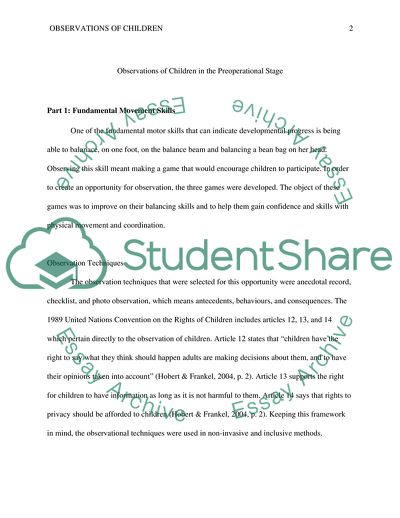Cite this document
(Fundamental Movement Skills and Behavior in Early Childhood Case Study Example | Topics and Well Written Essays - 2250 words - 1, n.d.)
Fundamental Movement Skills and Behavior in Early Childhood Case Study Example | Topics and Well Written Essays - 2250 words - 1. https://studentshare.org/psychology/1795969-early-childhood-fundemental-movement-skills-and-behaviour
Fundamental Movement Skills and Behavior in Early Childhood Case Study Example | Topics and Well Written Essays - 2250 words - 1. https://studentshare.org/psychology/1795969-early-childhood-fundemental-movement-skills-and-behaviour
(Fundamental Movement Skills and Behavior in Early Childhood Case Study Example | Topics and Well Written Essays - 2250 Words - 1)
Fundamental Movement Skills and Behavior in Early Childhood Case Study Example | Topics and Well Written Essays - 2250 Words - 1. https://studentshare.org/psychology/1795969-early-childhood-fundemental-movement-skills-and-behaviour.
Fundamental Movement Skills and Behavior in Early Childhood Case Study Example | Topics and Well Written Essays - 2250 Words - 1. https://studentshare.org/psychology/1795969-early-childhood-fundemental-movement-skills-and-behaviour.
“Fundamental Movement Skills and Behavior in Early Childhood Case Study Example | Topics and Well Written Essays - 2250 Words - 1”. https://studentshare.org/psychology/1795969-early-childhood-fundemental-movement-skills-and-behaviour.


